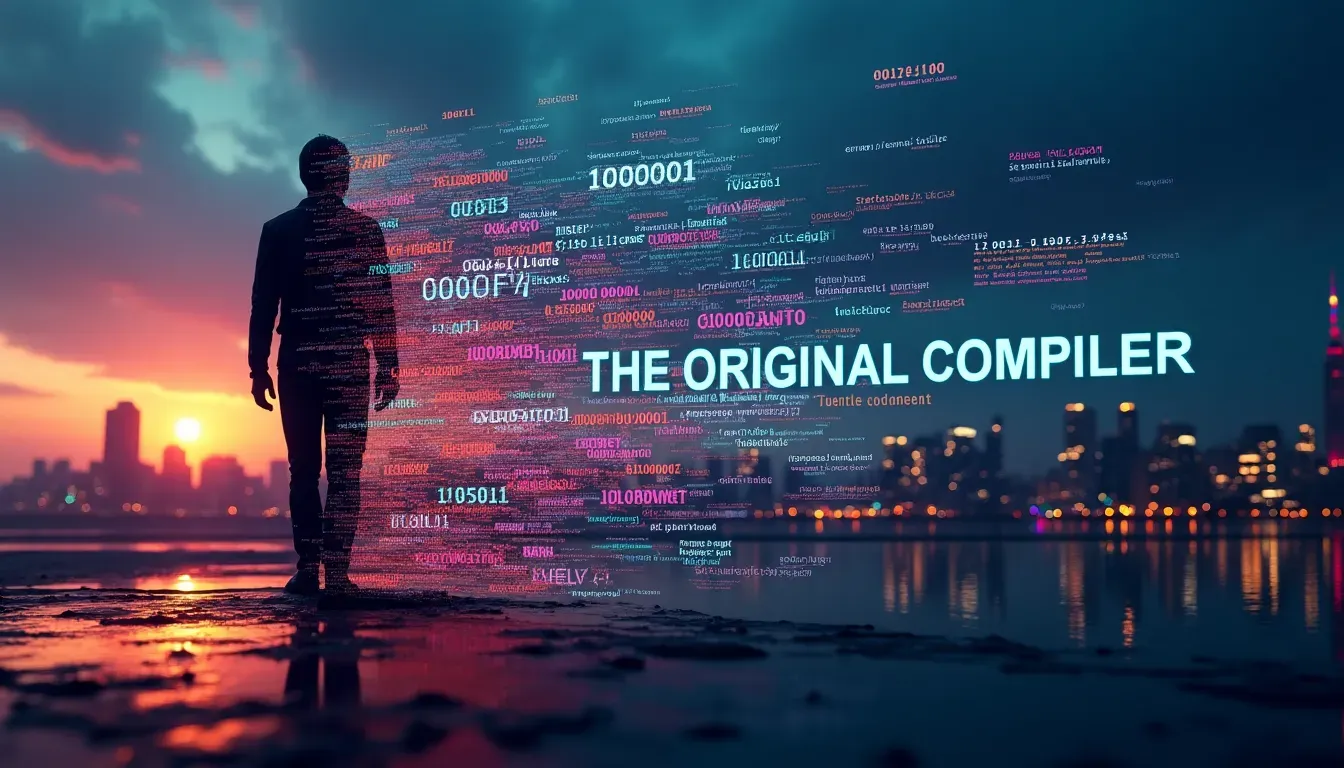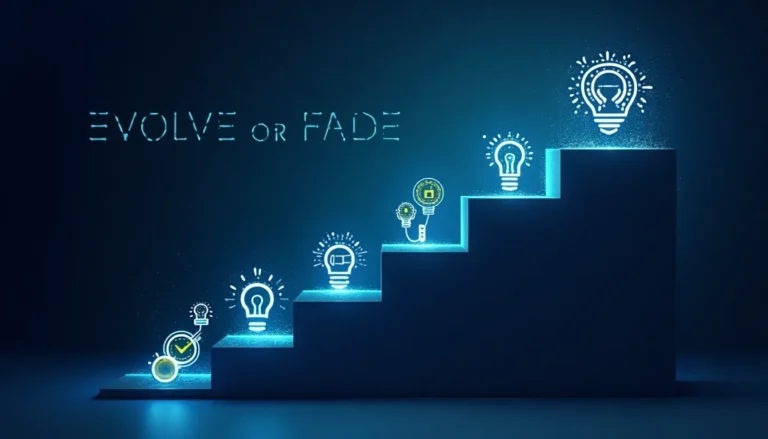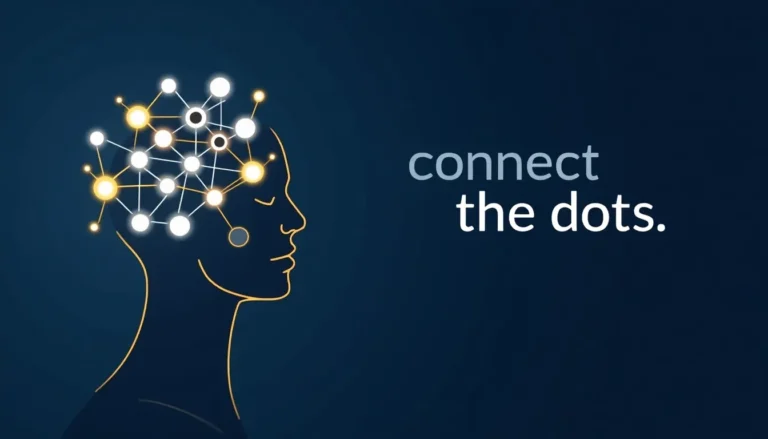The Human Compiler
We’re all becoming translators between human and machine.
Not the kind that writes code. The kind that bridges worlds.
Every day, we take fuzzy human concepts and turn them into crisp instructions that AI can understand. We’re learning to speak a new language – one that’s neither fully human nor purely machine.
It’s a peculiar dance.
We feed our messy, contextual thoughts into neat little prompts. We learn which words make the AI stumble and which make it soar. We discover the hidden grammar of machine understanding.
This isn’t just about using AI tools. It’s about becoming the interface.
Think about how you explain things to a child. You break down complex ideas. You use simple words. You build from the ground up. That’s what we’re doing with AI, except we’re the children learning a new way to communicate.
The best prompts aren’t technical. They’re human thoughts, carefully unwound.
The best results aren’t perfect. They’re human ideas, machine-processed, human-refined.
We’re developing new mental muscles. New intuitions. New ways of deconstructing our own thoughts.
This skill – this human compilation – will define the next decade.
It’s not about replacing human thinking. It’s about extending it. Amplifying it. Translating it into something that bridges both worlds.
The winners won’t be the ones who write the best code. They’ll be the ones who can think in both languages. The ones who can take the richness of human experience and distill it into something machines can grasp.
Every prompt is a lesson in clarity.
Every interaction teaches us something new.
Every failure helps us understand the gap between human and machine thinking.
We’re not just users of AI. We’re its interpreters. Its teachers. Its guides.
The human compiler doesn’t just translate instructions. It translates understanding.
And in learning to speak to machines, we’re discovering new ways to understand ourselves.
We’re all becoming translators now. The question is: how fluent do you want to be?



